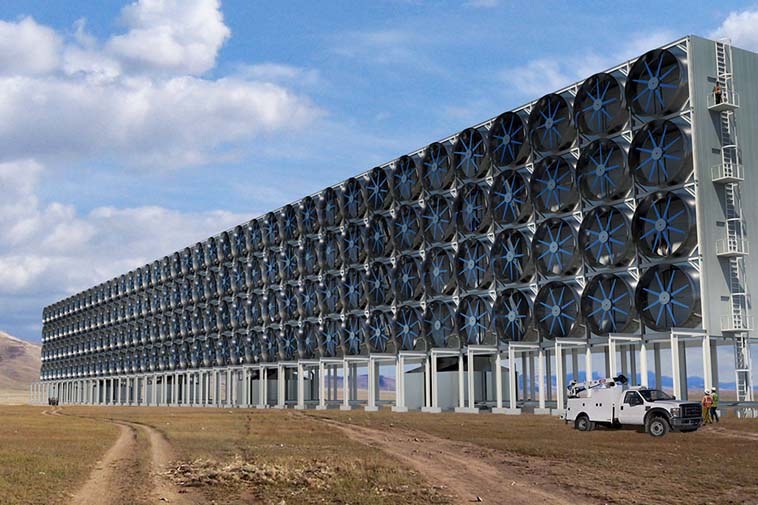The Biden administration has unveiled its inaugural substantial investment to catalyze the US carbon removal sector – a critical component, say energy experts, to reigning in the nation’s surging planet-warming emissions.
These direct air capture projects function like colossal vacuum cleaners, extracting carbon dioxide from the atmosphere using chemical processes. The separated CO2 is then stored underground or repurposed for industrial applications, such as cement production. Recently, the US Department of Energy earmarked a significant $1.2 billion to bankroll two pioneering pilot projects situated in Texas and Louisiana: the South Texas Direct Air Capture hub and Project Cypress in Louisiana.
Jennifer Granholm, the US Energy Secretary, underlined the novelty of these projects. Besides, she elaborated on how they will create regional direct air capture hubs, seamlessly integrating the entire carbon removal process, from capture and processing to subterranean storage.
Once operational, these ventures are predicted to eliminate over 2 million metric tons of carbon dioxide annually from the atmosphere. Equally important, this achievement is comparable to removing almost half a million gasoline-powered cars from the streets.
Furthermore, these initiatives intend to amplify nature’s carbon removal endeavors – enacted by ecosystems like forests and oceans – which fall short in offsetting the substantial carbon emissions resulting from human activities, primarily fueled by fossil fuels.
Mitch Landrieu, a senior White House adviser, highlighted the unprecedented nature of these undertakings. He stressed that they will not only be the US’s inaugural large-scale direct air capture projects but also the largest globally.
Iceland serves as a precursor in this domain, with a project established in 2021 that daily extracts approximately 10 metric tons of CO2 – equivalent to the emissions of about 800 cars. What’s more, this underscores the pioneering essence of the US projects, poised to expand the global carbon capture capacity by a staggering 400-fold.
According to Sasha Stashwick, policy director at Carbon180, the direct air capture industry is nascent. Moreover, these projects signify a pivotal leap as the first commercial-scale deployments in this arena.
She equally accentuated the paramount significance of secure and permanent carbon storage underground or in construction materials like cement, a stance that aligns with Carbon180’s advocacy efforts.
Another pivotal facet is the energy source powering these hubs. Moreover, it’s critical to ensure that carbon removal doesn’t inadvertently compound emissions.
Representatives from Battelle, overseeing the Louisiana project, have indicated an initial reliance on clean energy from local utilities. Furthermore, they have future plans to transition to renewable sources.
Source: CNN



